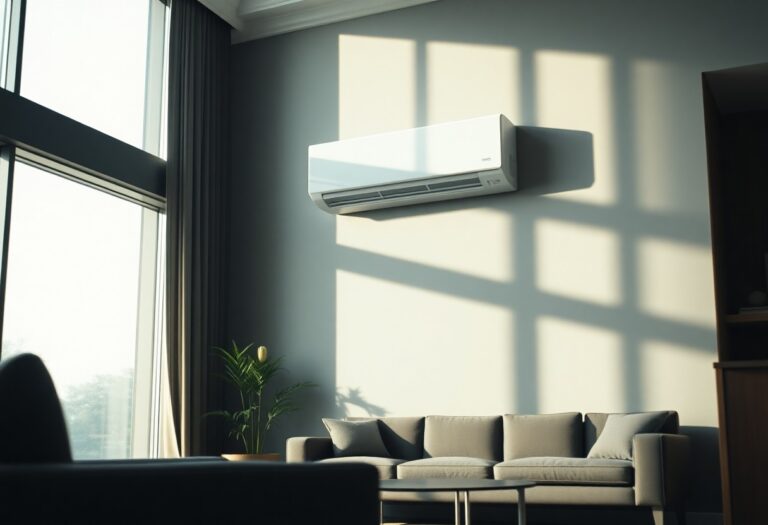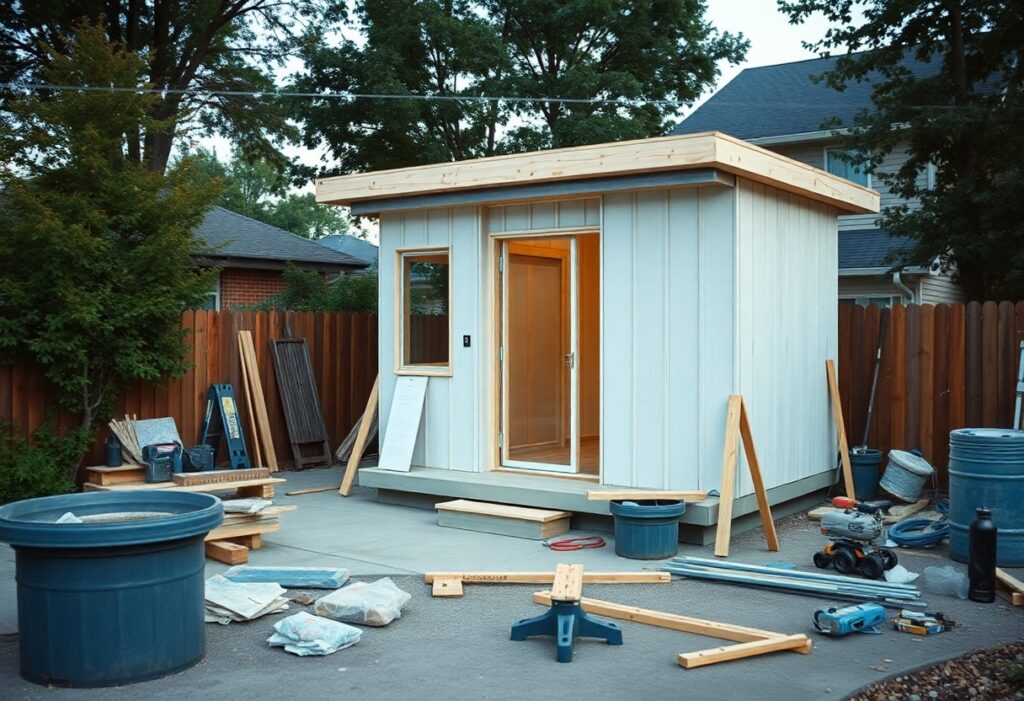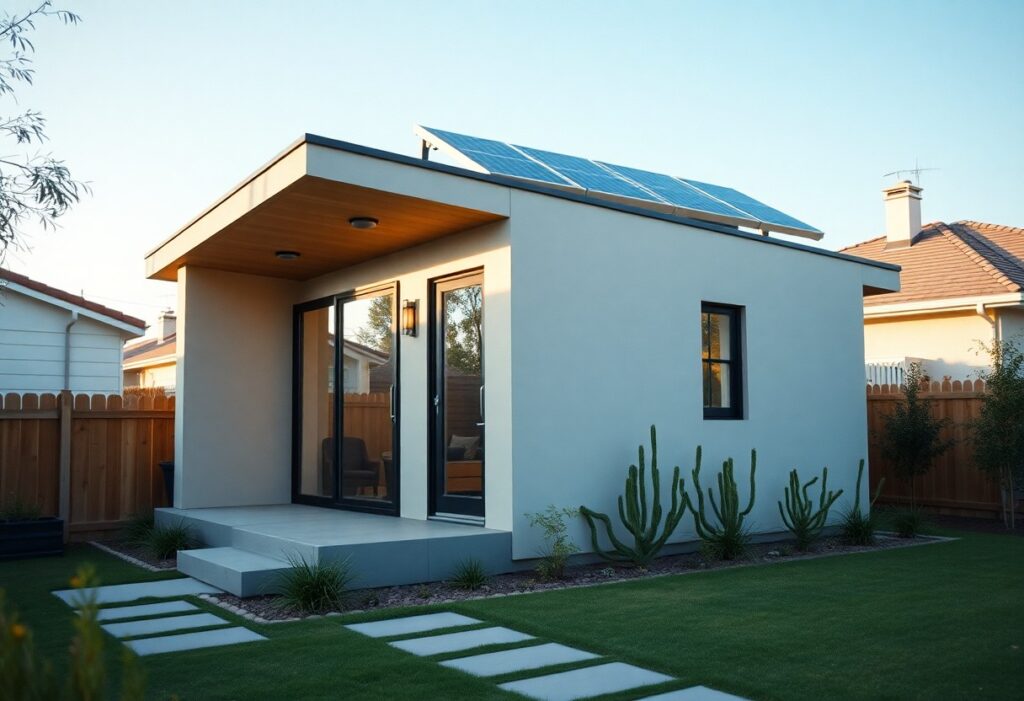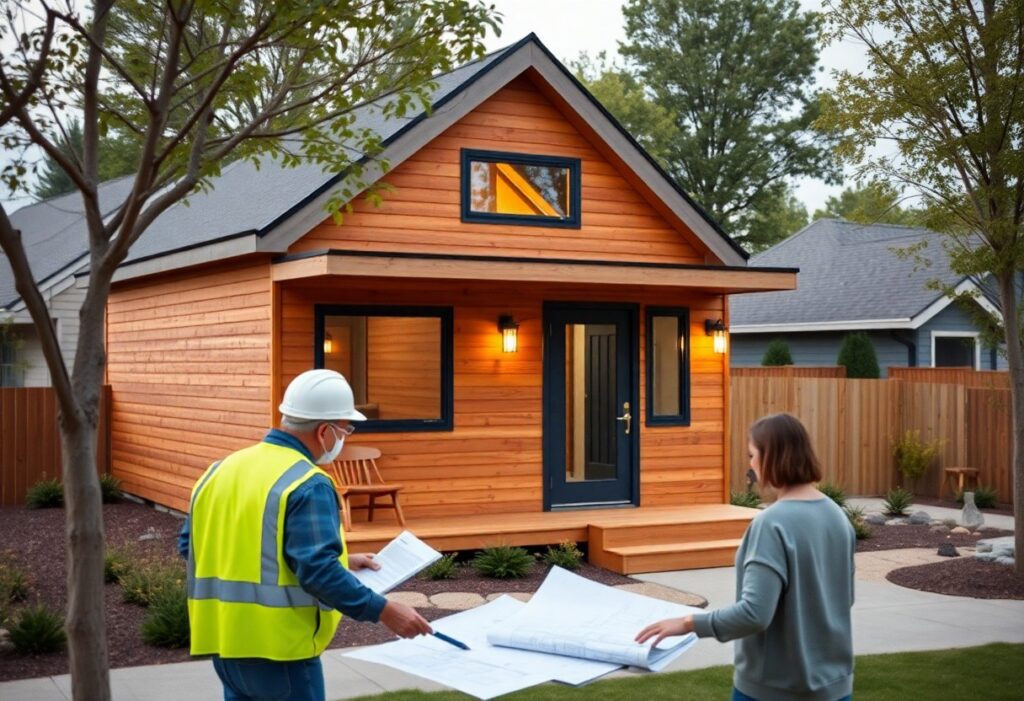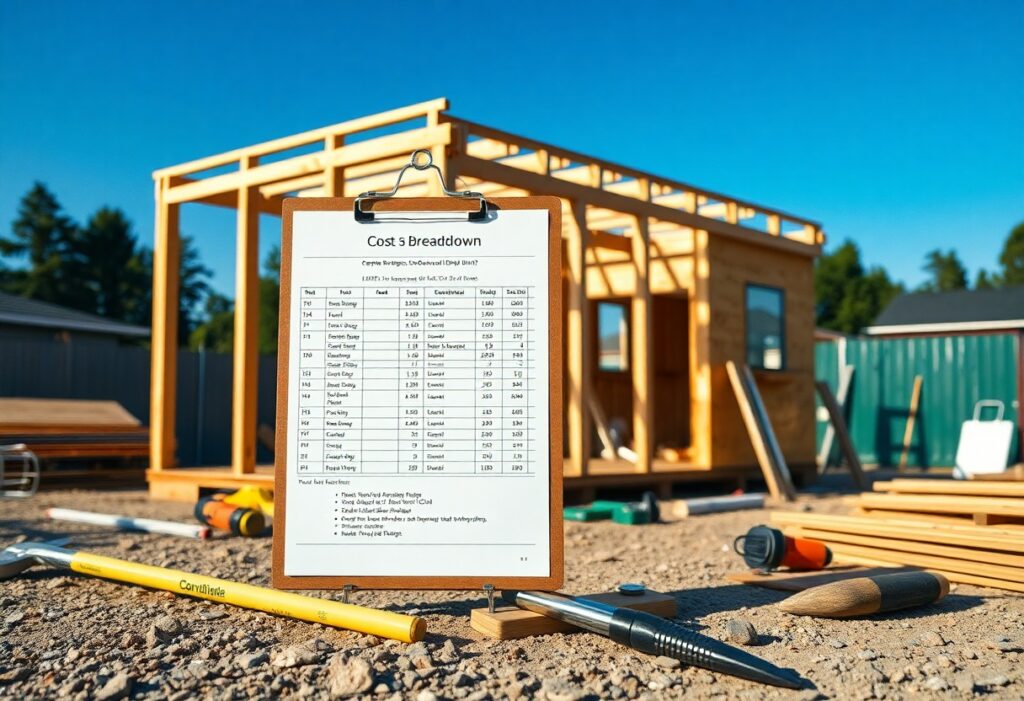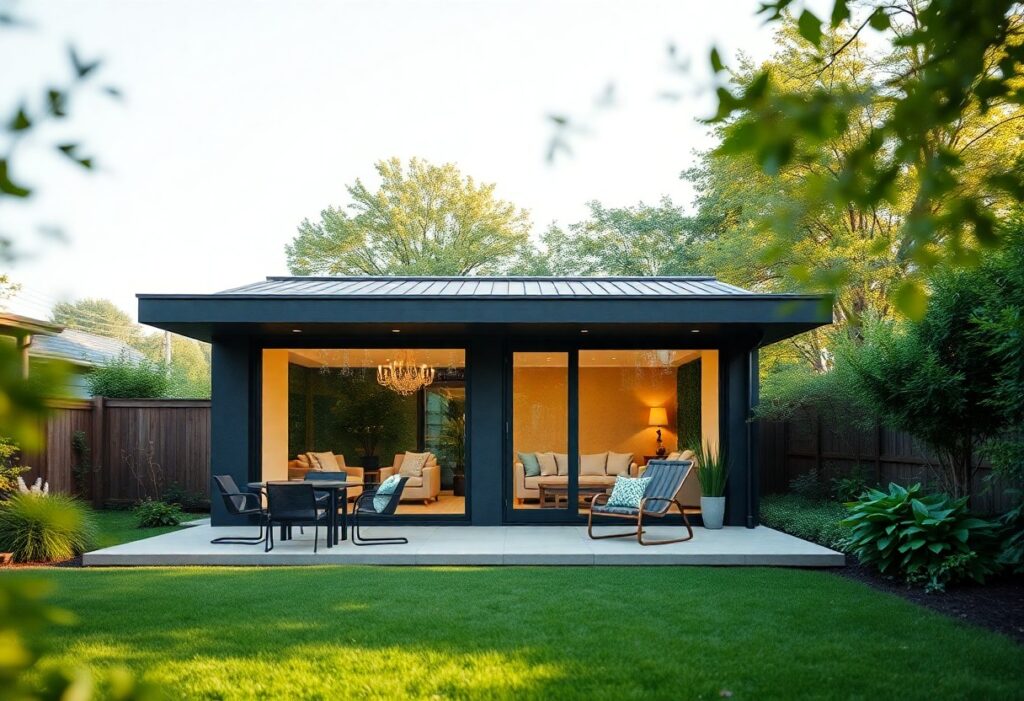Most homeowners are unaware that ductless mini splits can offer a highly efficient solution for heating and cooling your home. These systems not only provide personalized climate control for each room but also save you money on energy bills compared to traditional HVAC systems. When considering your options, keep in mind that proper installation and maintenance are key to maximizing performance and longevity. Harnessing the power of these units can significantly enhance your home’s comfort while contributing to a greener environment.
Key Takeaways:
- Energy Efficiency: Ductless mini splits offer high energy efficiency, resulting in lower utility bills compared to traditional HVAC systems.
- Flexible Installation: They can be installed in various spaces without the need for ductwork, making them ideal for both existing homes and new constructions.
- Temperature Control: These systems provide individual zone control, allowing users to set different temperatures for different rooms according to comfort needs.
What are Ductless Mini Splits?
The ductless mini-split system is an efficient heating and cooling solution that provides climate control without the need for traditional ductwork. This versatile system is perfect for a variety of spaces, whether you’re looking to cool a single room or multiple zones in your home. With its compact design and energy efficiency, a ductless mini-split can help you maintain comfort while reducing energy costs.
Definition and Components
Ductless mini-splits consist of two main components: an outdoor condenser unit and one or more indoor air-handling units, which are typically mounted on walls. These systems operate independently, allowing you to control the temperature in each room or zone based on your specific needs. They are equipped with features such as inverter technology for improved efficiency and quieter operation.
How Ductless Mini Splits Work
Against common belief, ductless mini-splits do not rely on duct systems to distribute air. Instead, they utilize refrigerant lines that connect the outdoor and indoor units. The outdoor unit absorbs heat from the outside air, while the indoor unit releases or absorbs heat as needed to maintain your desired temperature. This process promotes energy efficiency, allowing you to save on utility bills.
Mini splits excel in efficiency by eliminating the energy losses often associated with ductwork. The ability to zone your heating and cooling means you can adjust settings based on occupancy and time of day, enhancing your comfort level. With a quick installation process and flexible mounting options, they can be a perfect fit for retrofits and new construction alike. Investing in a mini-split system can lead to significant energy savings and a more comfortable living environment.
Benefits of Ductless Mini Splits
One of the standout benefits of ductless mini splits is their energy efficiency. These systems can help you save on energy costs while providing consistent comfort throughout your home. They eliminate the need for ductwork, which can waste energy through leaks, and their zoning capabilities allow you to heat or cool specific areas, further optimizing energy use.
Energy Efficiency
Behind their efficiency lies advanced technology that allows for precise temperature control. Ductless mini splits operate using inverter technology, which adjusts the compressor speed based on the desired temperature, reducing energy consumption. This can lead to savings on your utility bills, making them a smart investment for your home.
Flexibility and Zoning
Splits offer remarkable flexibility and zoning options, catering to your unique heating and cooling needs. With ductless systems, you can customize the temperature in each room, ensuring comfort precisely where you want it. This means you can keep the living area cool while leaving the bedrooms at a different temperature, enhancing your overall comfort.
This customization not only supports your personal comfort preferences but also contributes to energy savings by allowing you to turn off or reduce heating and cooling in unused spaces. With the ability to install multiple indoor units connected to one outdoor compressor, you can maximize both your home’s design and your energy efficiency. This flexibility is especially beneficial in larger homes or spaces with varying heating and cooling requirements, enabling you to maintain a comfortable environment while minimizing unnecessary energy expenditure.
Installation Considerations
Many factors come into play when installing ductless mini splits, including local building codes, electrical requirements, and the overall layout of your space. Proper installation ensures efficient operation and longevity of your system. It’s advisable to consider the location of your indoor and outdoor units, as well as access to necessary utilities. Additionally, you should evaluate your heating and cooling needs to optimize performance.
Choosing the Right Size
With the right size mini split, you’ll ensure maximum efficiency and comfort in your space. To determine the appropriate capacity, consider the square footage, ceiling height, and insulation quality of the area you plan to heat or cool. A unit that is too small will struggle to maintain temperature, while one that is too large may cycle on and off, leading to energy wastage.
Professional vs. DIY Installation
One approach to consider is whether to hire a professional or tackle the installation yourself. While DIY can save you money, it requires a good grasp of electrical systems and refrigerant handling.
But opting for a professional installation can be beneficial for several reasons. Not only do they have the expertise to ensure compliant and efficient setup, but they can also avoid potentially dangerous mistakes associated with handling refrigerants and electrical components. Additionally, many manufacturers warranty their systems only if installed by qualified technicians. Thus, weigh the potential savings of DIY against the peace of mind and protection you receive from hiring a professional.
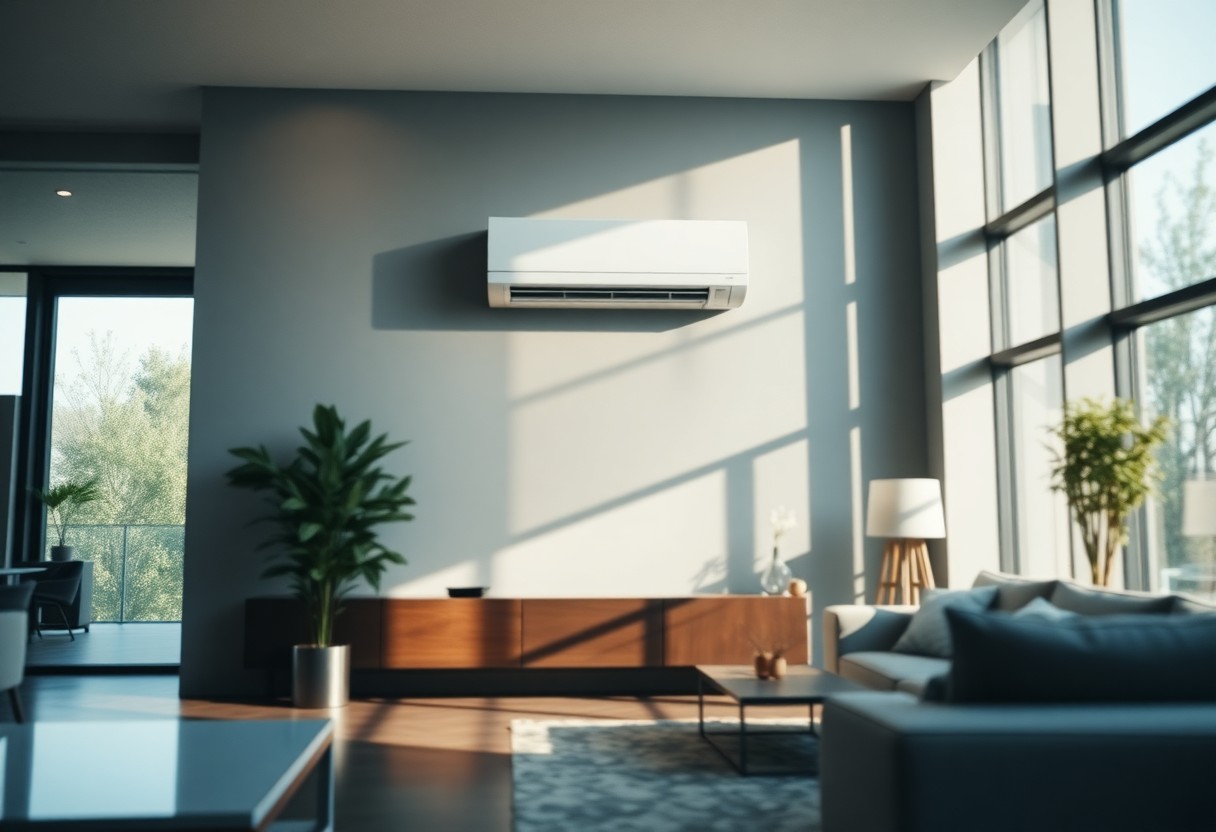
Maintenance Tips for Ductless Mini Splits
Your ductless mini-split system requires regular maintenance to operate efficiently. Follow these tips to keep your unit in top shape:
- Check and clean filters monthly.
- Inspect the outdoor unit for debris.
- Keep the area around the unit clear.
- Schedule professional maintenance annually.
This maintenance ensures optimal performance and longevity of your system.
Regular Cleaning
Maintenance of your ductless mini-split begins with regular cleaning of the air filters. Clean filters enhance air quality and efficiency by allowing proper airflow. If your filters are clogged with dust and allergens, your system works harder, leading to increased energy consumption and potential breakdown.
Seasonal Checks
Regularly inspect your ductless mini-split for optimal performance. Check for any signs of wear, such as unusual noises or leaks, and ensure that the outdoor unit is free from leaves and debris.
It’s imperative to perform these seasonal checks both before and after heavy usage periods. Failure to clean the outdoor unit may lead to reduced efficiency, while neglecting the filters can result in poor air quality and unnecessary strain on the system. Schedule a professional inspection if you notice any irregularities, as this can prevent potential costly repairs down the road. Prioritizing these checks can keep your mini-split running smoothly for years to come.
Common Issues and Troubleshooting
Now that you’re familiar with the benefits of ductless mini splits, it’s crucial to address potential problems. Regular maintenance and troubleshooting can help extend the lifespan of your unit and ensure optimal performance. You may encounter issues like performance decline, noise concerns, or inadequate cooling/heating. By being proactive and aware of these common problems, you can troubleshoot effectively and keep your system functioning smoothly.
Performance Decline
One of the most common issues with ductless mini splits is performance decline. This can result from dirty filters, blocked vents, or refrigerant leaks. To remedy this, routinely check and clean your filters and ensure that vents are unobstructed. If the problem persists, it may be necessary to consult a professional technician for further diagnosis and service.
Noise Concerns
About noise concerns, some users may experience unexpected sounds from their mini split systems. These noises can range from mild hums to more alarming clanks or rattles. Understanding the source of these noises can help you address the issue quickly.
Due to the nature of ductless mini splits, they are generally quieter than traditional HVAC systems. However, if you hear unusual sounds like clanging or hissing, this could indicate an issue such as loose components or a refrigerant leak. It’s crucial to conduct a visual inspection and, if necessary, call a technician. Regular maintenance can help reduce noise and enhance the overall efficiency of your system, ensuring a more comfortable environment in your space.
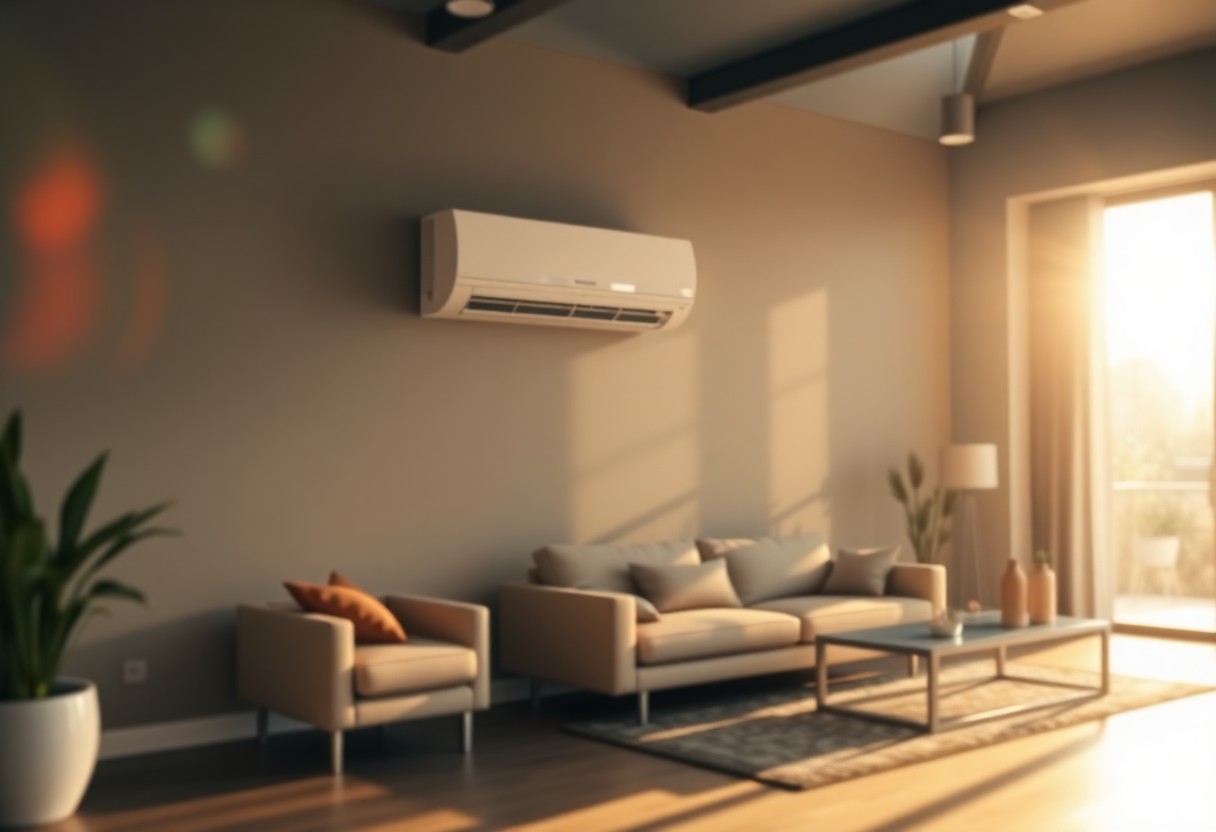
Cost Analysis
All homeowners should consider the overall costs associated with installing a ductless mini-split system. You’ll find initial expenses, maintenance, and potential savings that make this system a worthwhile investment. For more detailed insights, check out How to Install a Mini Split.
Initial Investment
Around $3,000 to $5,000 is typical for the initial investment of a ductless mini-split system, including equipment and installation costs. It’s vital to get multiple quotes from licensed HVAC contractors to ensure you receive the best pricing for your project.
Long-term Savings
Investment in a ductless mini-split system can yield significant long-term savings on your energy bills. Because these systems are highly efficient, you can expect to lower your monthly expenses substantially.
Also, with up to 30% energy savings compared to traditional HVAC systems, your investment pays off over time. These systems generally have lower maintenance costs due to their simple design, offering you less hassle and further savings. By switching to a ductless mini-split, you’re not only improving your home’s comfort but also making a financially sound decision for the long run.
Summing up
Now that you understand the benefits of ductless mini splits, you can make informed decisions for your home’s heating and cooling needs. These systems offer flexibility, energy efficiency, and improved comfort. To enhance your experience, check out these Tips for Operating Your Ductless Mini Split Smoothly to ensure optimal performance and longevity of your unit. Invest in your comfort today!
FAQ
Q: What exactly is a ductless mini split system?
A: A ductless mini split system is an efficient and flexible heating and cooling solution that consists of an outdoor compressor unit and one or more indoor air-handling units. Unlike traditional HVAC systems that rely on ducts to distribute air, mini splits deliver conditioned air directly into each room, providing zoned temperature control.
Q: What are the benefits of using a ductless mini split?
A: Ductless mini splits offer several advantages, including energy efficiency, lower installation costs compared to traditional systems, and zoning capabilities that allow you to control temperatures room by room. Additionally, they provide quiet operation and can be used for both heating and cooling, making them versatile for various climates.
Q: How do I know how many indoor units I need for my space?
A: To determine the number of indoor units required, consider the square footage of your space, the layout, and your specific heating and cooling needs. A professional HVAC technician can perform a load calculation to identify the optimal number and size of mini splits for your home, ensuring even temperature distribution and maintaining comfort efficiently.
Q: What maintenance do ductless mini split systems require?
A: While ductless mini splits require less maintenance than central HVAC systems, some routine care is necessary. Regularly clean or replace filters, check the outdoor unit for debris, and ensure that the condensate drain is clear. Scheduling annual maintenance with a certified technician can also help ensure the system operates efficiently and prolong its lifespan.
Q: Are ductless mini splits energy-efficient?
A: Yes, ductless mini splits are known for their energy efficiency. Many models are equipped with inverter technology, which allows for variable speed operation, adjusting the compressor’s output based on the current heating or cooling demand. This results in lower energy consumption and can lead to significant savings on utility bills over time.

